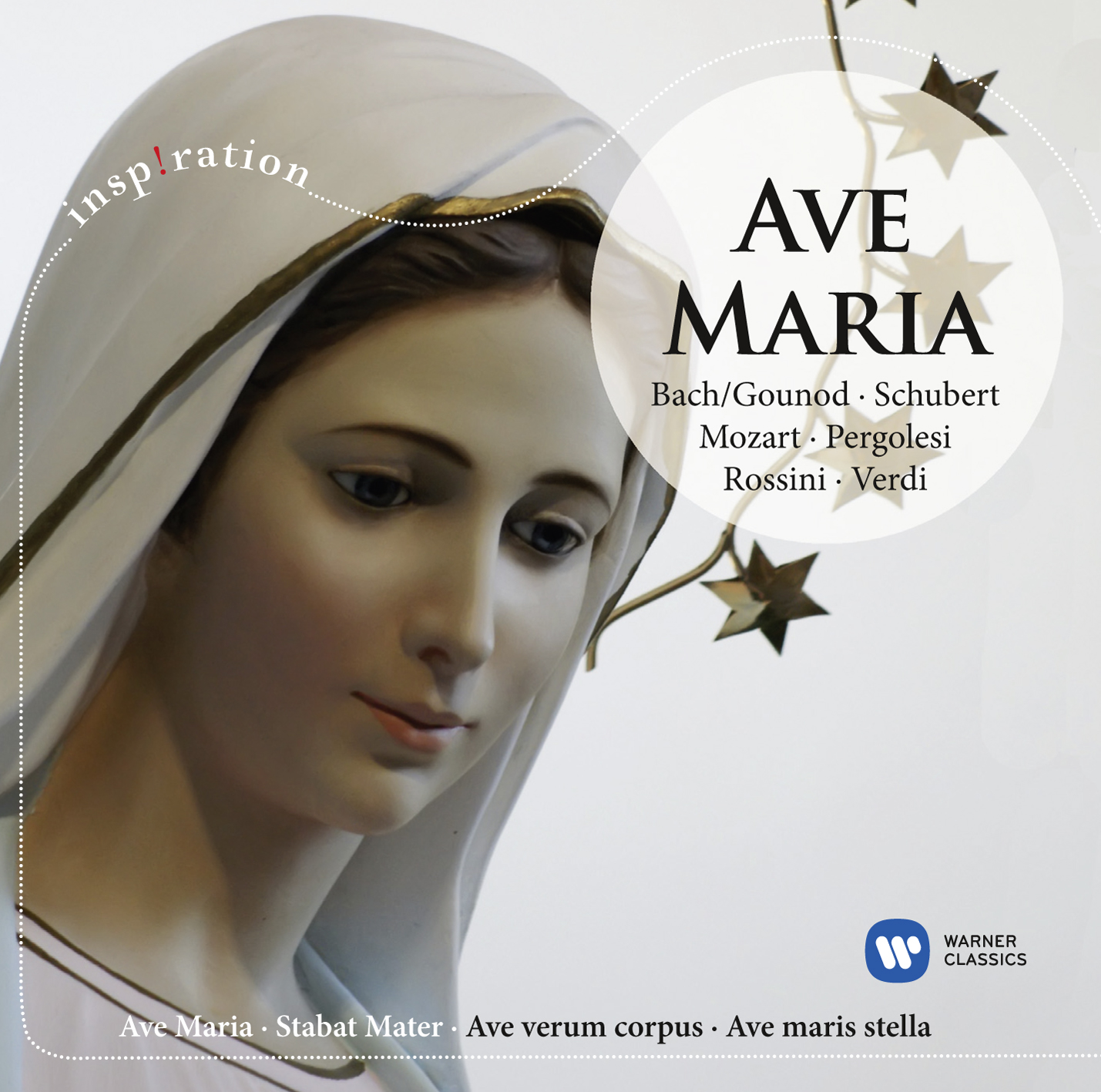

Each of the verses corresponds to a Marian Feast: Conception, Nativity, Annunciation, Purification, and Assumption.Īve Maria, Gratia plena, Dominus tecum, Virgo serena.Īve Maria…Virgo serena sounds as just as colorful, vital, and fresh today as it must have when it was composed. The text is a rhymed hymn of five strophes, introduced by a salutation to the Blessed Virgin, and ending with a personal petition to her.

Josquin composed this motet sometime in the later part of the 15th century, with the actual date still up for debate. It is also an incredibly beautiful sounding piece. It remains to this day one of the benchmark works of the Renaissance, most notably for the use of imitation, transparency of texture, and deep personal expression. And so, for the very first motet in the collection, Petrucci chose Josquin’s Ave Maria…Virgo serena.

1 It stands to reason that if someone wants to sell a lot of books, he should put something in there that people want to buy. Was this really the most famous piece of music in 1502? Well, maybe, because when the important music publisher Petrucci assembled his first book of motets ( Motetti A), he chose this piece to stand at the head. Since May is the month dedicated to The Blessed Virgin, and we don’t talk about Josquin as much as we do some other composers, I thought I would write a little more about this important motet. My choice was Josquin Des Prez’ Ave Maria…Virgo serena. AST WEEK some of the Watershed contributors took part in a Zoom meeting to talk about a favorite piece of music or one that they find especially meaningful.


 0 kommentar(er)
0 kommentar(er)
